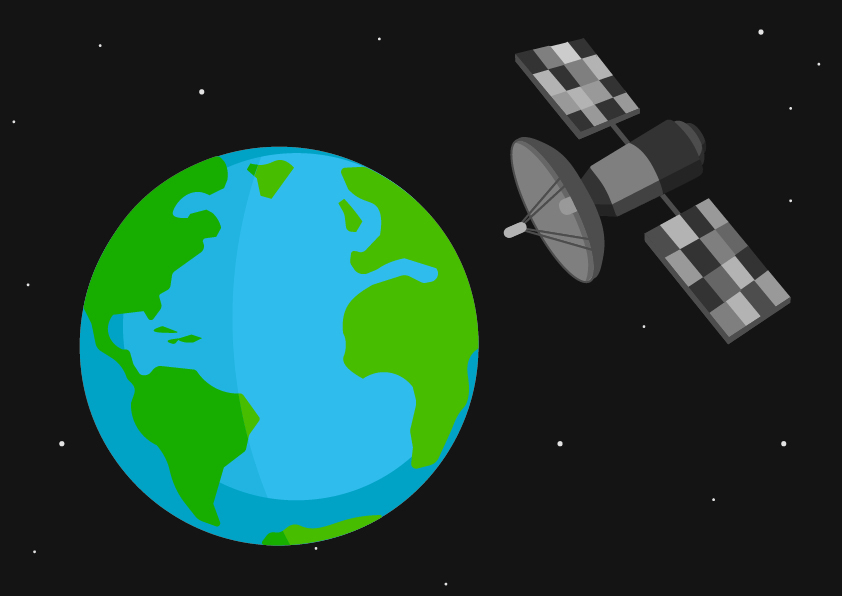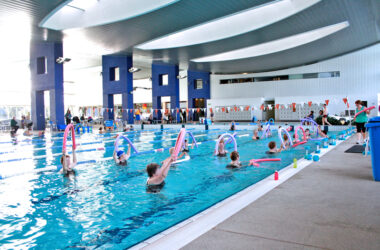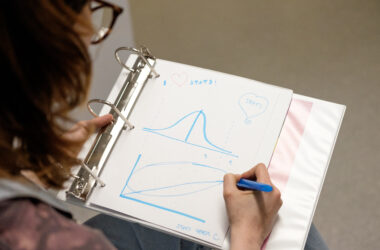Satellites are possibly the most notable example of space technology used in daily life. Portable GPS devices and mobile applications, such as Google Maps, both rely on satellites to ensure commuters arrive at their destination. Telecommunication satellites have connected the world far more than ever before, while meteorological satellites can monitor weather and help us prepare for storms. Now, researchers from a number of disciplines embrace space technology to observe everything from how the Antarctic sea ice is changing to scouting for minerals on the Earth’s surface.
However, satellite use comes with its own set of difficulties. One of the greatest challenges for satellite technology in the 21st century is space debris. There are approximately 500,000 pieces of debris in addition to 3,000 non-operational satellites orbiting Earth. Some debris are as small as a loose screw or a fleck of paint, but most of these seemingly insignificant pieces travel at speeds of up to 18,000 miles per hour, which is fast enough to damage a satellite or a spacecraft.
Professor Arun Misra, chair of the Space Committee for the McGill Institute of Aerospace Engineering, has examined the problem of space debris for the past decade.
“Many satellites, like the [International] Space Station, have to maneuver to get away from the path of the debris, and then to get back to the original orbit after the debris has passed,” Mirsa said in a video interview with The McGill Tribune.
According to Misra, there are two ways of collecting space debris.
“One [way of collecting debris] is using a tether net which is similar to catching fish,” Misra said. “The net is thrown, wrapped around the debris, and pulled using a removal satellite to a lower or higher altitude. Another approach is to use a space robot like the Canadarm with a manipulator mounted on it to capture the debris.”
Whereas the tether net method is reserved for smaller debris, large “dead” satellites are usually captured by space robots.
The challenges of space debris removal raises important legal and ethical questions pertaining to which country the debris belongs and who has the responsibility to remove it.
“Even though there are thousands of unwanted space objects, not a single one has been removed yet because of many political, legal, and economic reasons,” Misra said.
In the last decades, space law has become an important topic for not only questions regarding the removal of space debris but also in space exploration, mining, and space colonization. McGill’s Institute of Air and Space Law is one of such research groups that takes a dual focus on the legal and scientific implications of these important questions.
The expenses of space debris removal are also important to consider. While some dead satellites can be recycled, it is not always economically viable to do so, especially if the satellite has sustained physical damage. Satellites in geostationary orbit, meaning they rotate with the Earth as it turns, are found at extremely high altitudes, making them expensive and more complicated to access with a service vehicle.
Looking forward, space debris will continue to grow as a problem for satellites until it is entirely removed from orbit. Ignoring the problem puts satellites at risk of losing their functionality and creates further possibilities of debris falling back to Earth and endangering lives.









